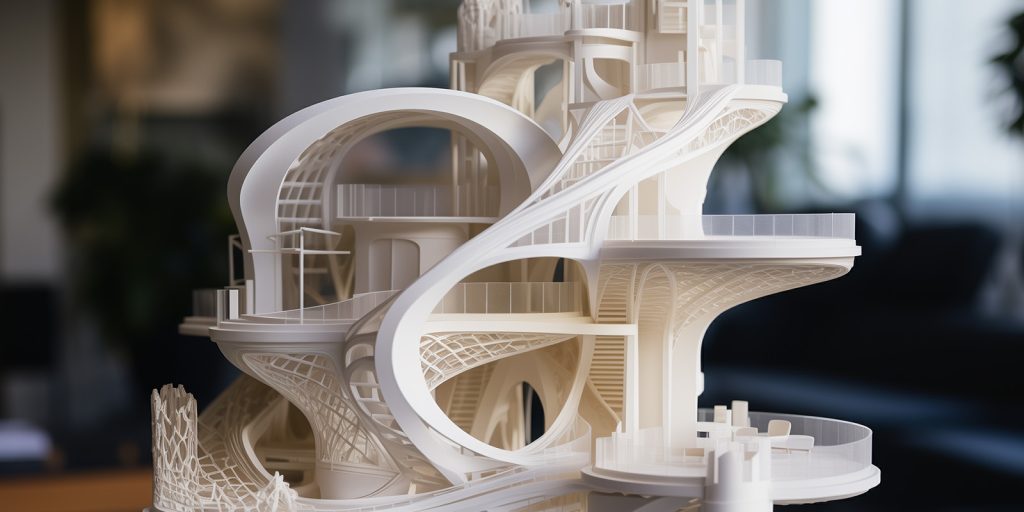Interference Management: integrated BIM-MEP design

Interference management is an aspect that involves all phases leading to the completion of a project, from the design phase to the execution phase. Managing interferences is not easy, especially when the project to be designed and realized involves many aspects, such as architectural, mechanical, electrical, and plumbing (MEP), and structural components. Possible interferences in the design phase To avoid errors due to interferences between these parts, it is important to rely on working tools such as BIM, which allow simultaneous work on the various components of the project and have the right comparisons already in the design phase. As already mentioned, the first interferences between design sectors manifest themselves in the initial design phase. The most common examples of interferences and conflicts that can occur between MEP and architectural components are as follows: space problems for the placement of systems; structural conflicts resulting from inadequate coordination. Integrated BIM – MEP design for interference management Resolving interferences in the design phase is crucial to avoid additional costs and delays in project completion. For this reason, it is important to rely on integrated design tools such as BIM – MEP, which allow optimal coordination between the various components involved in construction and data sharing among professional figures. Therefore, BIM – MEP design allows for complete coordination during the construction process, anticipating and resolving many issues and conflicts already in the design phase. The shared use of models allows for active management of interferences between systems and architectural and structural models, identifying and resolving system interferences even before they translate into execution problems. The benefits of integrated BIM-MEP Design The primary benefits of BIM-MEP design include: 3D development of the design. Integrated and interdisciplinary design facilitating collaboration and data sharing among various professional figures involved. Management of interferences between systems and the architectural and structural model. Rapid processing of projects. Ease of making changes to projects. Increased precision in evaluations. Reduced likelihood of errors and issues on-site. Accurate control over project timelines and costs. Improved clarity in communicating project decisions. Streamlined management even during the maintenance phase. Practical example of managing interferences between architectural and MEP projects The images below show an interference between architectural and MEP (Mechanical, Electrical, and Plumbing) projects. In particular, images 1 and 2 depict two design phases of the VRF (Variant Refrigerant Flow) system. Image 1 concerns the final design phase of the VRF system; in this phase, the elevator system, previously nonexistent, was incorporated. As evident from the image, the passage of VRF system piping interfered with the elevator shaft. The designers identified the interference through the integrated working method and found a solution already in the design phase (see image 2).
Digital Revolution and Architecture: innovative tools for architectural design

Has the digital revolution also touched the world of architecture and the way we design? The answer is certainly yes. Digital revolution and architecture: the approach to design has changed. Architecture is a discipline in constant evolution, and technological innovation has given rise to a series of tools that are transforming the approach to architectural design. These innovations have made architectural design more efficient, precise, fast, and environmentally friendly than ever before. In this article, we will see which tools professionals use to develop their architectural projects (and which they probably cannot do without anymore). BIM: the revolution of architectural design At the forefront, we certainly find BIM – Building Information Modeling. The widespread adoption of BIM represents a significant advancement in architectural design for several reasons: it enables detailed analysis before the project moves to the construction phase. These analyses can cover aspects such as sustainability, energy efficiency, structural safety, and other crucial factors for project success; it facilitates collaboration among different professionals, such as architects, engineers, and builders. Everyone can work on the same model, allowing for more direct communication and immediate sharing of changes, reducing the risk of errors, and improving project consistency; by identifying and resolving potential issues during the design phase, BIM helps reduce construction errors and the costs associated with ongoing changes. In summary, the use of this technology allows for time and resource savings, improving project management and reducing errors. 3D Printing: new frontiers for Architectural Design 3D printing is also redefining the approach to architectural design, through three keywords: innovation, sustainability, and customization. 3D printing enables the construction of realistic-scale prototypes, which help communicate the design and overall vision of the project more effectively. This technology facilitates the realization of complex shapes and structures that would be difficult or costly to produce with traditional methods. This gives architects the freedom to explore innovative and personalized designs, bringing unique architectural solutions to life. Another point in its favor is sustainability since, thanks to its precision, it reduces material waste by placing them only where necessary. VR and augmented reality: communication in architectural projects Virtual Reality (VR) and the Augmented Reality (AR) also represent a revolution in the architectural design process. There are mainly two reasons: Immersive visualization of projects – allowing industry professionals to explore virtual spaces and identify potential issues early on. Client involvement – presenting in VR engages clients more deeply, enhancing their understanding and speeding up the decision-making process. Overall, VR contributes to reducing design errors, saving time, and costs in the lifecycle of architectural projects. Technological innovations: transforming design phases The architecture of the future is digital, ecological, and connected. Embracing these innovative technologies can increase the efficiency of the design process, enabling the creation of more sustainable and intelligent buildings. At ORBYTA ENGINEERING, we have already integrated these and other tools into our workflow, achieving tangible results in terms of precision, efficiency, resource optimization, and sustainability. Check out our portfolio!
